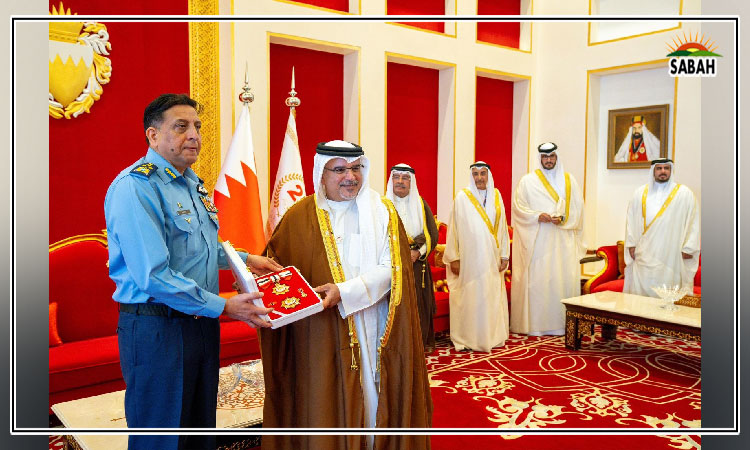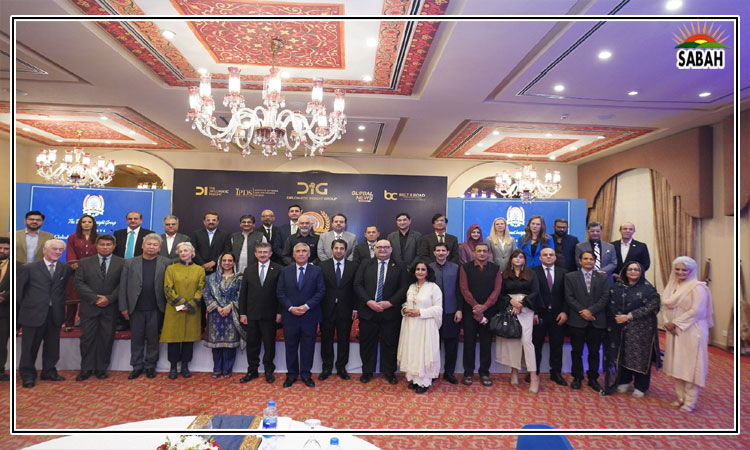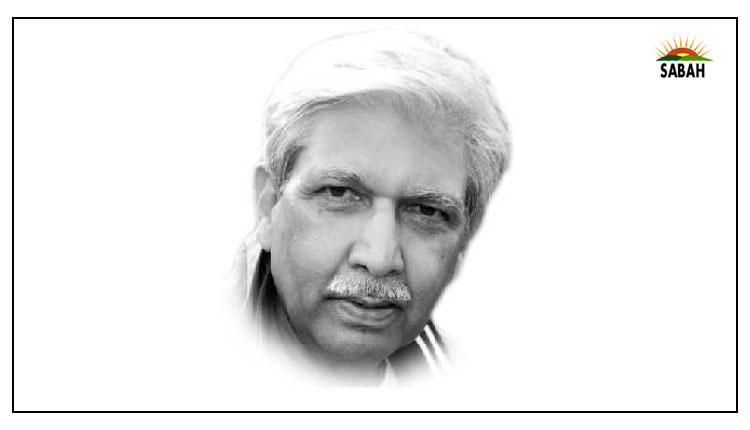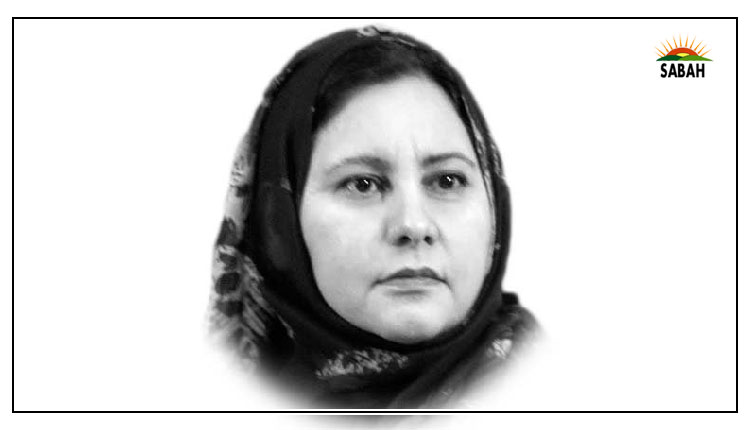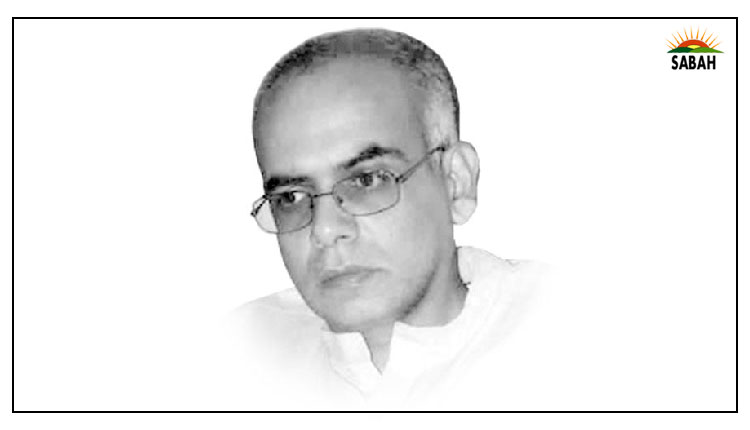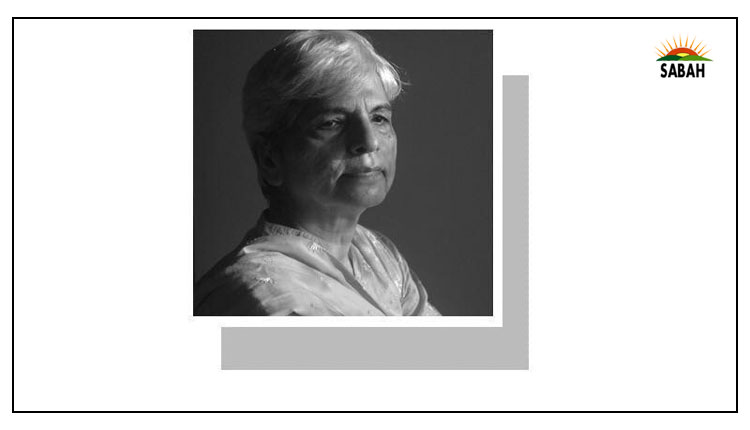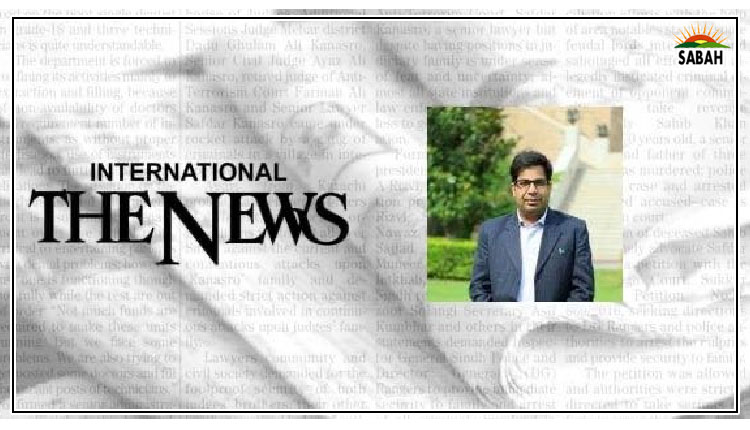India’s hybrid warfare…Amanat Ali Chaudhry
The term hybrid warfare refers to a combination of traditional military means and the use of non-military resources deployed to achieve broader military and strategic objectives. That which cannot be achieved through the use of hard power should be won by all other means.
The decision to employ hybrid warfare as a preferred policy follows the failure of the conventional military force especially in situations of foreign occupation and colonization where the occupying forces are unable to suppress the collective aspirations of an indigenous people.
Two factors stand out. First, hybrid warfare represents the limitations of the military means in protracted conflicts, especially when it seeks to eradicate the idea of self-determination that is rooted as much in history as it is in the socio-cultural, political and religious identity of a colonized people.
Second, it aims to undermine the consensus on the collective ideas of identity and self-determination by spreading confusion, deepening divisions and manufacturing consent. The principal objective here is to break the will of the nation through the manipulation of information.
The longstanding Jammu and Kashmir dispute, an unfinished agenda of Partition in 1947, is the most relevant example of the heroic defiance of a people who have refused to bow down to the Indian policy of intimidation, naked use of force, enforced disappearances and occupation.
Dubbed as one of the most militarized zones in the world, which the experts believe is a nuclear flashpoint in South Asia, Indian illegally Occupied Jammu and Kashmir (IIOJK) is a place where the Indian hybrid warfare model, of which information manipulation is a major plank, is being put to its worst use by the Hindutva-inspired Modi government.
The BJP, which has long wanted to change the ideological orientation of India, is on a mission to refashion India as a Hindu-only country. It is, therefore, in the fitness of things to suggest that its actions in IIOJK that ended the limited autonomy afforded to the state of Jammu and Kashmir in August 2019 need to be analysed from the perspective of information warfare that is now in full play in the restive valley.
In the contemporary information age, the significance of narrative power cannot be overstated. Hybrid warfare strategically leverages the influence of the information era, employing tactics like disinformation, fake news, cyberattacks, and media manipulation to shape perceptions and twist opinions. A case in point is Indias attempt to portray a semblance of normality during the G-20 tourism working group meeting held in IIOJK in 2023.
In 2021, India was caught running a clandestine network of disinformation by EU DisinfoLab. It also arranged stage-managed tours for members of the European Parliament to give an impression of normalcy in IIOJK. The idea here was to sell the notion to the international diplomatic community that the Kashmir Question was settled after the withdrawal of the statehood of Jammu and Kashmir.
The recent decision by the Indian Supreme Court whereby it legitimized all actions of the Modi government taken on August 5, 2019 is also linked to the same chain, which seeks to present the Kashmir Question as an internal affair of India in an attempt to escape international criticism of its actions.
The Modi governments implementation of a controversial media policy in June 2020 granted authorities additional powers to strengthen their control over the narrative, exacerbating the limitations on press freedom. Kashmiri journalists who have braved incarcerations, torture, and dismissals from their jobs serve as stark examples of the ruthless implementation of this information warfare strategy. Even after temporary releases, most of these journalists encountered prompt rearrests, with oppressive measures like the Public Safety Act being utilized to curtail journalistic freedom. This recurrent pattern of intimidation and retribution highlights a troubling state of the press in IIOJK at the hands of Indian authorities.
Constraints imposed on local media outlets serve as a calculated manoeuvre to regulate the dissemination of information. Indian authorities aim to shape a narrative by restricting access to authentic reporting through credible journalists.
Despite claiming leadership in the field of information technology, India has carried out repeated internet shutdowns in IIOJK. It has strictly regulated the flow of information, especially on social media platforms through a series of measures, which involve arbitrary arrests of journalists on terrorism charges, and the shutdown of news outlets remotely seen to be critical of the Modi government. India represents a perfect example of a country that has methodically employed disinformation and fake news to construct an alternate reality to avoid global censure for its systematic erosion of press freedoms.
The deliberate removal of critical articles from websites serves as additional evidence of the intentional manipulation of information to align with a curated version of events. This trend of information manipulation is further complemented by the spread of ghost articles, news reports and opinion editorials through leading Indian news agencies to give them an air of credibility. The implementation of travel bans on journalists critical of the Modi regime and the shuttering of the press clubs collectively illustrate a systematic endeavour to isolate the region from international scrutiny.
What to speak of local news organizations, even the respected international media outlets such as the BBC are not safe from the Indian governments high-handedness. The raids on the BBC offices by the Indian tax authorities in New Delhi and Mumbai in what seemed to be in retaliation for screening the documentary titled India: The Modi Question show the depth to which the BJP government could stoop.
This is but one example of deteriorating media freedom, establishing the extent of manipulating information as part of larger hybrid information warfare to reshape the reality of Modis India and give an impression of all being well in IIJOK.
The story of Indias information warfare will be incomplete without mentioning the increasing cyber threats. New Delhi has consistently resorted to undertaking surveillance, smear campaigns, character assassinations and harassment of errant journalists through the use of draconian laws such as the Public Safety Act and Unlawful Activities (Prevention) Act.
The disclosure of a substantial data breach, revealing the exposure of personally identifiable information belonging to 815 million Indians, highlights significant weaknesses in data security. The compromised data, which includes Aadhaar card numbers, passport information, names, phone numbers, and addresses, being offered for sale on the dark web constitutes a severe breach of privacy, prompting serious concerns over the safeguarding of sensitive personal information.
In IIOJK, where the Modi government is implementing a series of measures to dilute the Muslim majority by arranging the settlement of non-domicile holders from across India, the distribution of Aadhaar cards becomes an even more delicate matter. The fact that such sensitive information can be exploited presents substantial risks to the safety and security of the local population.
Complementing information warfare is the cunning, nay mischievous, use of Indian cinema to dehumanize Kashmiris. Movies like The Kashmir Files represent a shrewd attempt at curating a narrative along the lines of anti-Muslim prejudice that borders on outright hostility. This increasing trend of highly nationalistic films not only tends to glorify the current Indian leadership but also legitimizes structural and physical violence by equating Muslims with terrorists.
For a society that is plagued by the ever-widening fault lines, these misrepresentations of Muslims in general and Kashmiri Muslims in particular, are leading to consequences that go beyond the screens and are reshaping the consciousness of people by further poisoning the environment of hate, discrimination and isolation.
Courtesy The News



